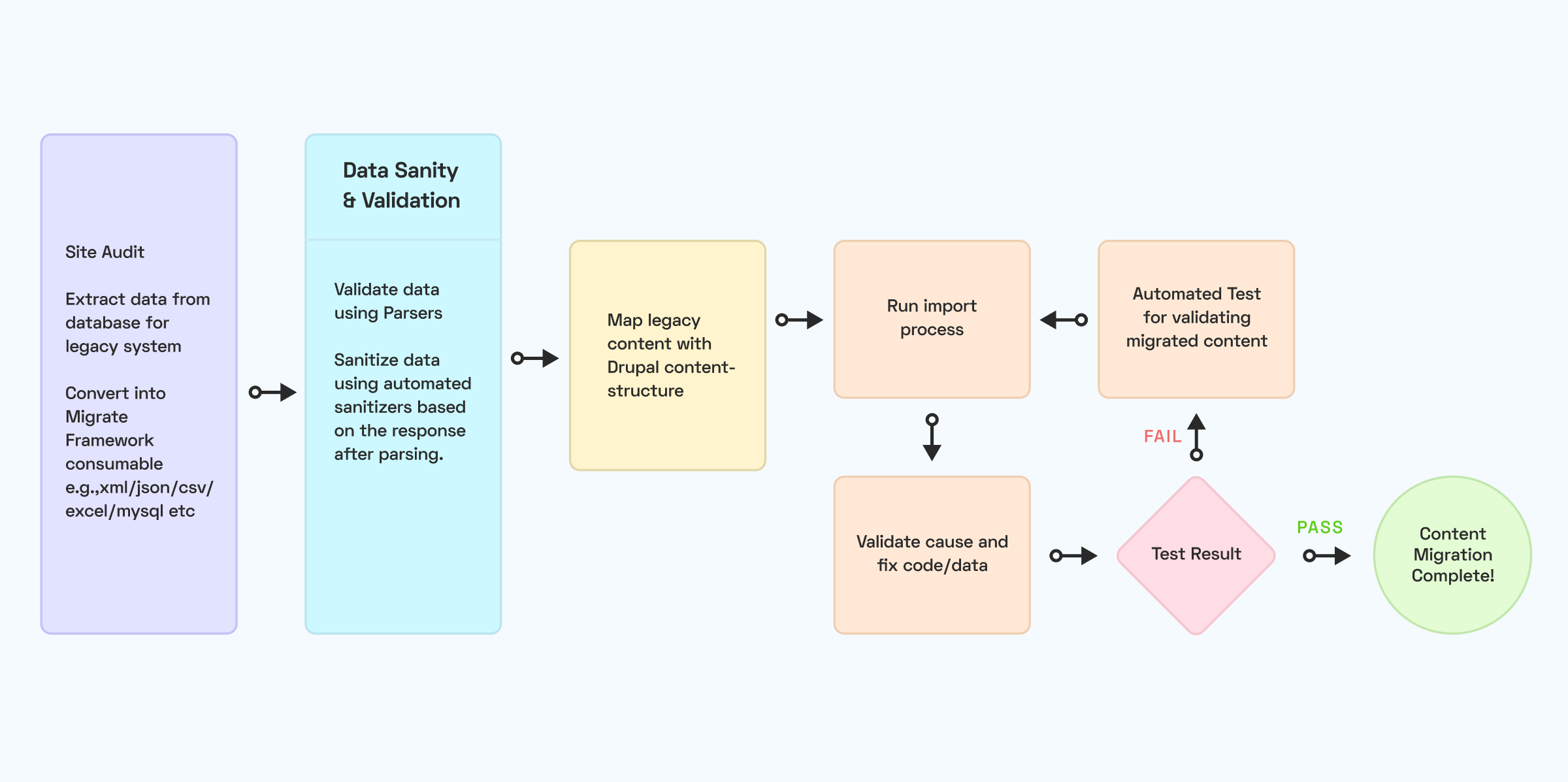Drupal upgrade services refer to the process of updating a website or web application that is built using the Drupal content management system (CMS) to a newer version of the platform. Upgrading Drupal can help improve the performance and security of a website, as well as provide access to new features and functionalities.
When upgrading Drupal, the process typically includes:
-
Planning: This step involves identifying the current version of Drupal that the website is running on, as well as the version that the client wants to upgrade to. It also includes an assessment of the existing site and identifying any custom modules or themes that may need to be updated.
-
Backup: This step involves creating a backup of the website's database and files, in case there are any issues during the upgrade process that need to be rolled back.
-
Testing: This step involves testing the upgrade process on a staging environment before implementing it on the live site. This allows developers to identify and fix any potential issues or bugs before they go live.
-
Upgrading: This step involves updating the core Drupal software, as well as any custom modules and themes that need to be updated.
-
Quality assurance: This step involves testing the upgraded website to ensure that it is working properly and that there are no issues or bugs.
-
Deployment: This step involves deploying the upgraded website to the live environment.
-
Post-upgrade support: This step involves providing ongoing support to the client to address any issues that may arise after the upgrade has been completed.

It's important to keep in mind that upgrading Drupal can be a complex process that requires a certain level of technical expertise and experience, so it is recommended to work with experienced Drupal development team to handle the upgrade process.


